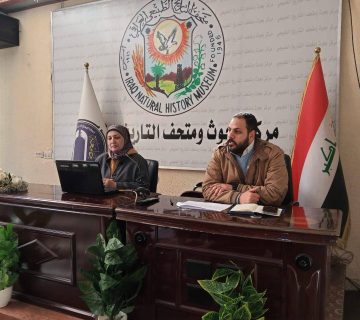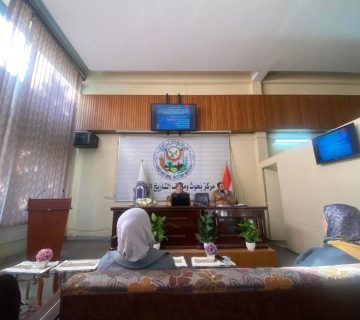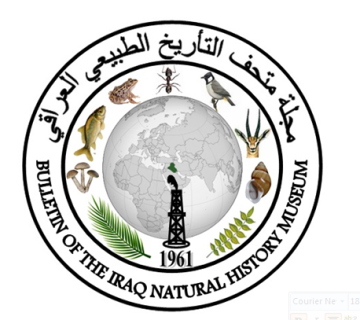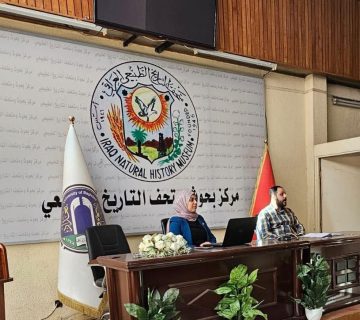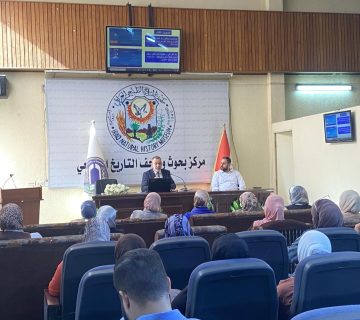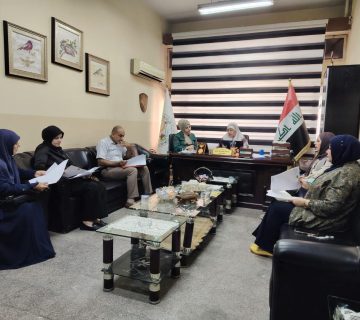Desertification poses a monumental threat to human societies reliant on natural resources, jeopardizing fertile lands and triggering a cascade of detrimental consequences for both human life and national economies. As stipulated by the 1993 United Nations Convention to Combat Desertification, this phenomenon entails land degradation in arid, semi-arid, and dry sub-humid regions, leading to the depletion of plant life, biodiversity, and ultimately, the topsoil layer. Consequently, agricultural productivity dwindles, jeopardizing the land’s capacity to sustain animal and human life. Desertification can stem from two primary causes: natural processes and human activities.
Natural Drivers:
- Soil Characteristics: Texture, low fertility, salinization, erosion, and uneven rainfall distribution exacerbate susceptibility to desertification.
Human-Induced Influences:
- Unsustainable Practices: Deforestation, excessive grazing, uncontrolled fires, inappropriate agricultural chemicals, resource depletion, and weak governance practices amplify land degradation.
Iraq’s Grim Reality:
The alarming rate of desertification in Iraq surpasses that of several regional counterparts, reaching a staggering 70%, compared to just 13% in Turkey, 7% in Lebanon, and 17% in Syria. This predicament stems from several significant factors:
-
Arid Climate: Approximately 90% of Iraq is situated within the dry and semi-arid zone, with the scorching desert climate encompassing both the alluvial plain and western desert plateau, accounting for roughly 70% of the nation’s total area.
-
Extreme Temperatures: Summers witness scorching temperatures, often exceeding 50°C, further stressing already fragile ecosystems.
-
Scarce Rainfall: The low and erratic rainfall, ranging from 5 to 15 centimeters, coupled with high evaporation rates, impedes agricultural productivity and soil health.
-
Arid Winds: Prevailing hot and dry northwesterly winds contribute significantly to desertification by spreading dust and exacerbating water loss.
-
Forest Decline: Forests, primarily concentrated in the northern and northeastern mountainous regions, cover a mere 1.8% of Iraq’s total area. This significant decline from 1.85 million hectares in 1970 to 1.5 million hectares in 1978 and now further to 1.1% underscores the alarming rate of deforestation.
Devastating Consequences:
The ramifications of desertification are far-reaching and deeply disruptive:
-
Degraded Pastures: Pastoral pressure and inadequate water resource management have ravaged roughly 70-75% of Iraq’s land designated as pastures, jeopardizing the viability of animal husbandry and further eroding vegetation cover.
-
Socioeconomic Hindrance: Desertification impedes social and economic development, exacerbating existing economic challenges while contributing to environmental degradation. This creates a vicious cycle, as environmental well-being is intricately linked to economic prosperity.
-
Rural Exodus: Desperate rural residents and herders seeking better livelihoods migrate to cities, placing immense pressure on already stretched infrastructure and social services. These high influx rates burden urban centers with inadequate resources, leading to the formation of informal settlements and increased vulnerability to social and environmental issues.
Urgent Action Required:
The gravity of desertification necessitates its immediate and prominent integration into national development plans. Comprehensive strategies must be implemented with the dual objectives of halting further desertification and actively reclaiming affected lands. Rejuvenating soil fertility and implementing sustainable land management practices are crucial for safeguarding future generations and ensuring continued prosperity in Iraq.
assistant lacturer Suhad Hamza


